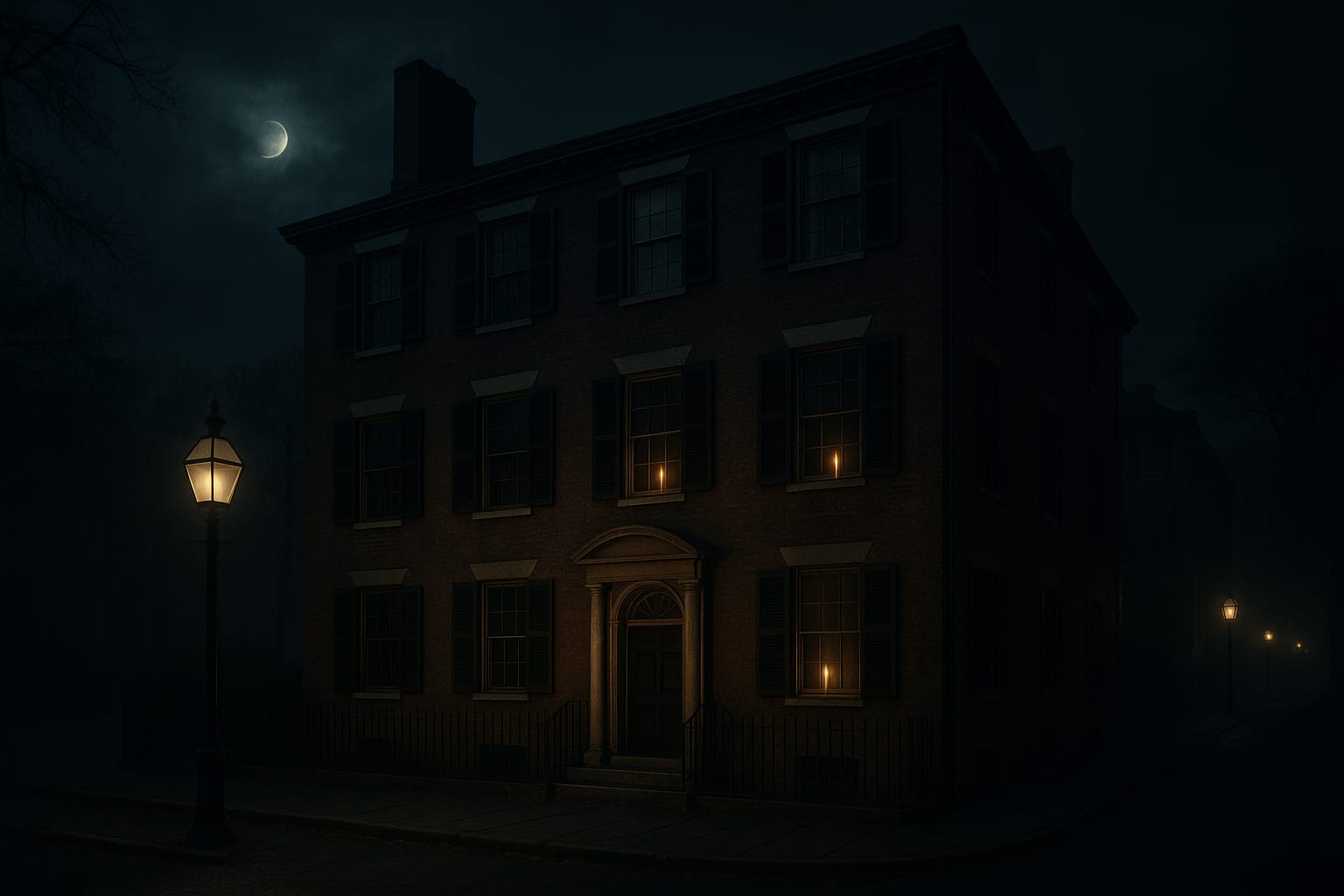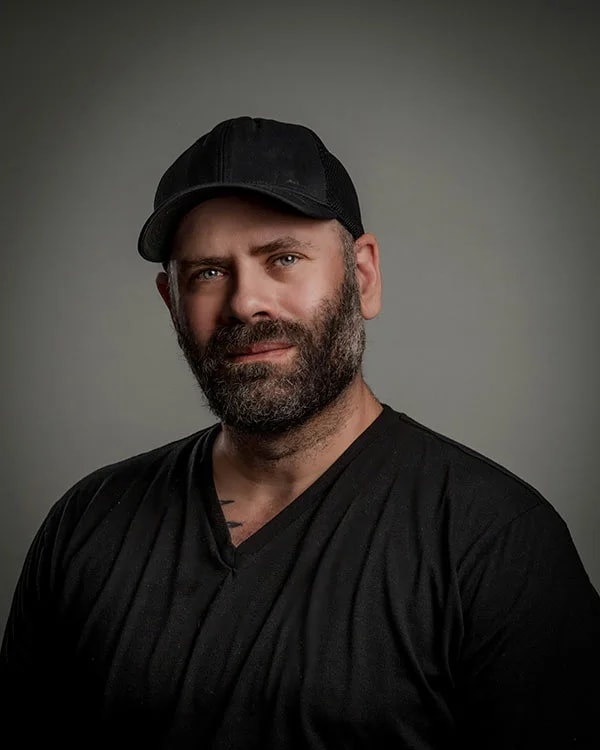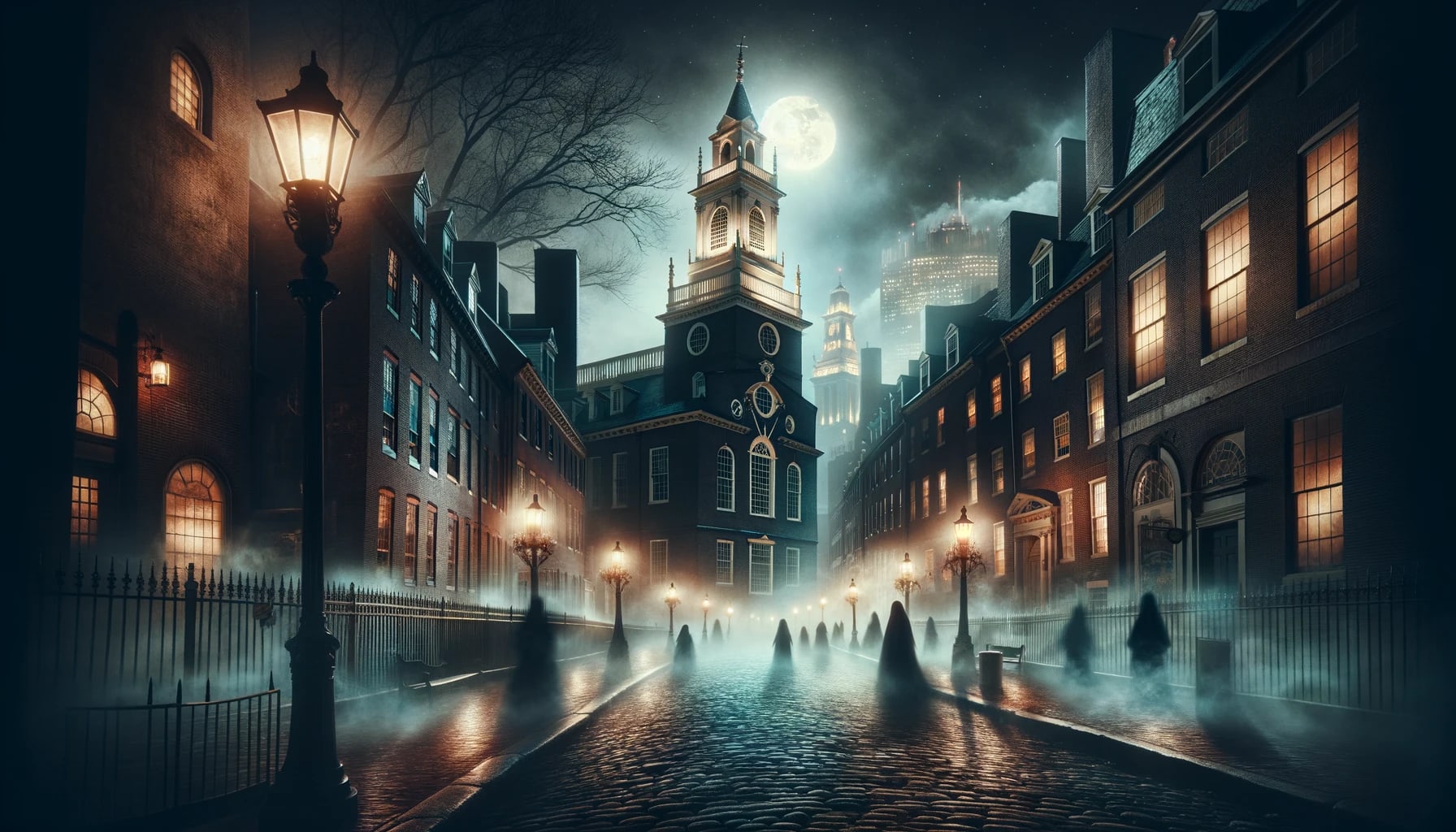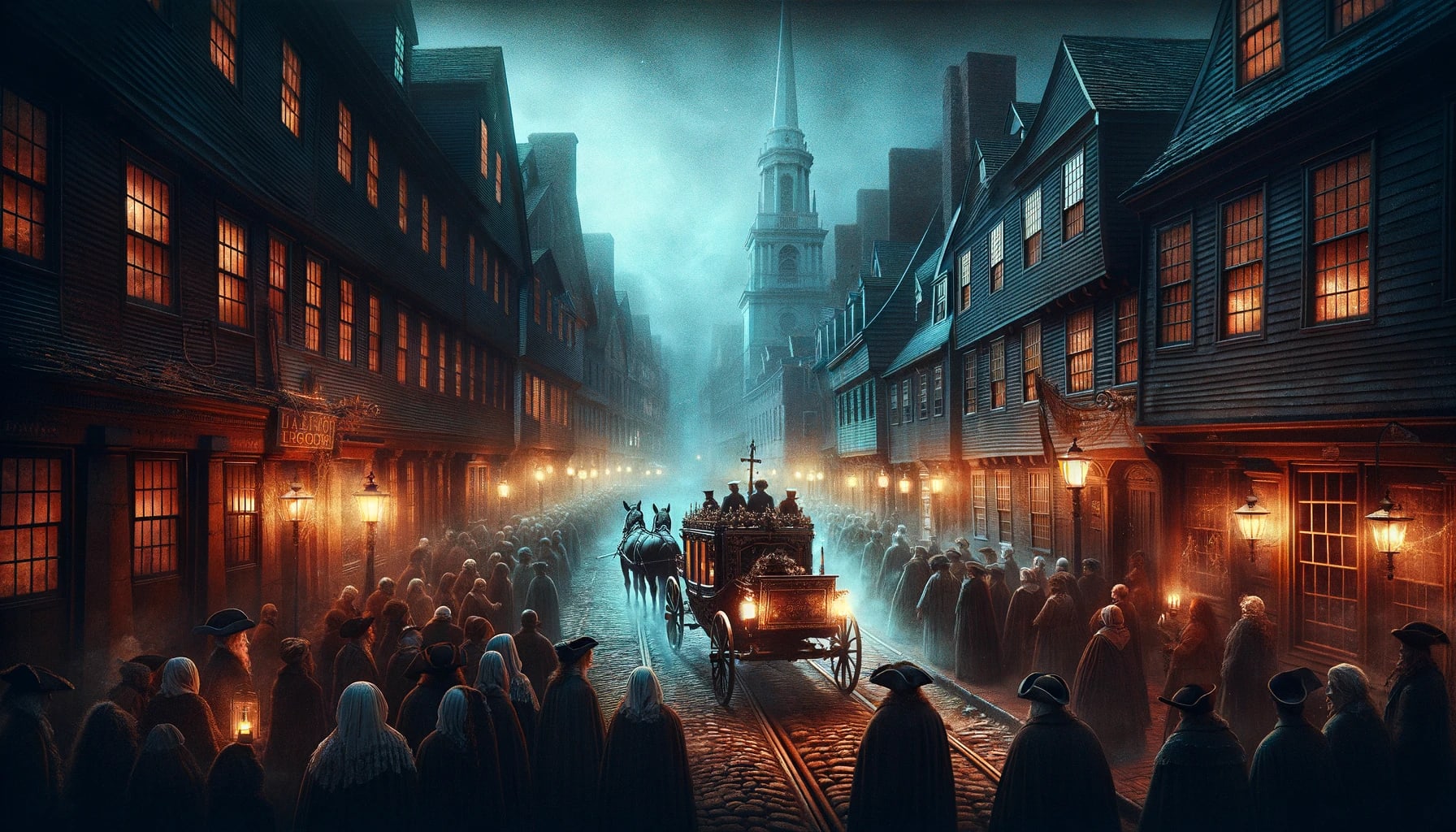Victim of the crime of the century, Geoge Parkman's murder at Harvard Medical College shocked the nation (and the world) with its disturbing details. Since his sickening slaying, Boston, Massachusetts' George Parkman House has become a fascinating attraction for the morbidly curious. Although the crime was not committed in the home, the house has been deemed a paranormal site, believed to be haunted by the trauma-ridden soul of its first owner.
Did you know?
- George Parkman's corpse was found dismembered in Dr. John White Webster's Harvard laboratory, with pieces of his body scattered throughout the room. His torso was in a tea chest, his head was burned in a furnace, and parts of him were thrown in the toilet.
- Parkman's soul is said to haunt his large estate on Beacon Street, demonstrating his spectral presence in 1999 by flooding the home.
- Dr. Webster allegedly killed Parkman after he was confronted by the loaner, and asked violently to settle his $2,400 debt.
- The Parkman-Webster case is considered the earliest example of forensic anthropology, as well as the first time in the history of the United States where dental and forensic evidence was admissible in court.
Is the Parkman House Really Haunted?
The George Parkman House is significant, not because of its architectural design or opulent interior, but rather for the way its first owner was slaughtered. Due to his tragic and unsettling end, many believe that Parkman's soul was unable to transcend, leaving his spirit to venture back home, where it has remained ever since.
In 1999, a plumbing disaster - caused by a broken toilet on the third floor - flooded all three stories of the historic house, and damaged a large portion of the structure. Curiously, the accident occurred on November 23, the day Parkman was murdered, only 150 years later.
Many began to attribute the flooding to the ghost of George Parkman, as parts of his decaying body were found hidden in the laboratory's privy (a.k.a toilet).
As much as we would like to believe that Parkman's soul is still at home, a toilet-wrecking spirit seems far-fetched. If anything is haunted, it would have been the crime scene, Webster's Harvard laboratory. Unfortunately, this room no longer exists and is believed to have been filled sometime during the early-20th century. Did Parkman's ghost venture back home after the laboratory was destroyed?
Celebrated author, Charles Dickens, toured the crime scene in 1868, eighteen years after the murder, and claimed that the place smelled foul, "as if the body was still there."
Who was George Parkman?
Parkman was a Boston Brahmin (elite), a member of one of the richest families in the city, and a reputable physician. A savvy businessman, he began investing in real estate, building and renting properties all over town. He walked the streets daily, sternly collecting rent. With massive riches and a go-getter attitude, it is safe to say that Parkman had many enemies.
The George Parkman Murder Case
In 1849, Ephraim Littlefield, a Harvard Medical School janitor, followed a stench of decaying flesh straight to its source. In the basement laboratory of Dr. John White Webster, Littlefield found the dismembered - and partly burned - body of Dr. George Parkman.
Parkman, who had gone missing a week before, had been lending money to Webster since 1842, racking up a substantial debt that he never paid off. The day he disappeared, Parkman had met Webster at Harvard, where the two got into a heated argument.
Their meeting allegedly escalated, and in a fit of rage, Dr. Webster ended up beating (and possibly stabbing) Parkman to death. He later cut up and burned the body to get rid of the evidence.
Littlefield, desperate after being questioned about Parkman's disappearance, became increasingly suspicious of Webster, who he deemed was acting strangely. According to the janitor, he witnessed the doctor making continuous trips to his furnace to burn what he described as large bundles.
After breaking into Webster's laboratory, he found what looked to be a mound of dirt with a human pelvis and part of a leg sticking out. Littlefield ran out and alerted other professors about the grisly discovery. Word spread like wildfire and soon there was a group of men in the basement, waiting for the coroner to inspect the scene.
During the investigation, a jawbone and dentures were found fused to the furnace. Inside a bloody tea chest, they located a headless, hairy torso with a dismembered thigh stuffed into it. The horrific crime scene was too much for some of the police officers who couldn't help but vomit and faint after each new, gory discovery.
Parkman's wife and brother-in-law were called in to help identify the scattered remains, confirming it was, in fact, their missing family member. Conveniently, police were already at the Harvard Medical College, with all the tools necessary to examine a body which further sustained they had found Parkman.
But the high society members of Boston refused to believe John Webster was capable of such foul play. After all, he was a reputable lecturer, scholar, and family man, even if he was struggling financially. For them, the apparent perpetrator was Littlefield, who was already known as a degenerate, farm-raised criminal.
Response to the crime scene was also mixed, some were so sick about the whole thing, they couldn't sleep, while others were merrily touring the basement; gotta love those Victorian folks!
Parkman-Webster Trial
Now referred to as the 19th-century O.J. Simpson Trial, the macabre details of the murder of one of the city's wealthiest men swept the nation, even making headlines in Europe.
The media attention surrounding this case was baffling, and everyone was scouring the newspaper trying to stay informed about the court proceedings. People were buying tickets to attend the trial, and the few court seats formerly available were soon replaced with benches.
The murder trial lasted 12 days, with deliberation going back and forth until the court reached their final verdict: guilty. Subsequently, Dr. Webster's death warrant was signed, and he was sentenced to death by hanging.
Webster, who had adamantly denied his involvement in the murder eventually realized that the evidence against him was irrefutable, which is likely what led him to write a full confession.
Dr. Webster maintained that he felt threatened by Parkman, who was progressively becoming more violent during their meeting. The scholar claimed he grabbed a wooden stick and struck Parkman once, in self-defense. He added that the murder was not premeditated and that he was simply overtaken by ager.
By this point, his confession did not make a difference, and the council remained firm in their sentence. Webster was brought to the Leverett Street Jail and hanged publicly in the fall of 1850. Despite the evidence, many believed he received an unfair trial, subjected to biases while framed by the man who conveniently found all the evidence: Ephraim Littlefield.
The Parkman-Webster case pioneered the use of bone fragments and dental records to identify a body. It was also the first time in United States History where forensic evidence was accepted in a murder trial.
The George Parkman House is currently not open to the public. This, however, has not stopped locals and tourists from strolling by while recounting the spine-chilling story. When in Boston, stop by the George Parkman House for a quick glimpse at the home of one of the most brutally murdered men in history. Who knows, while you stare at the building, maybe George Parkman's ghost will be staring back.
Visitor Information
The George Parkman House is located at 33 Beacon Street, in Boston. However, it is not open to the public. This is a city-owned structure. Please be mindful not to trespass on the property and always keep a safe distance.

The elegant Beacon Hill home hiding a murderous past

Dr. George Parkman, whose spirit still haunts his former home



